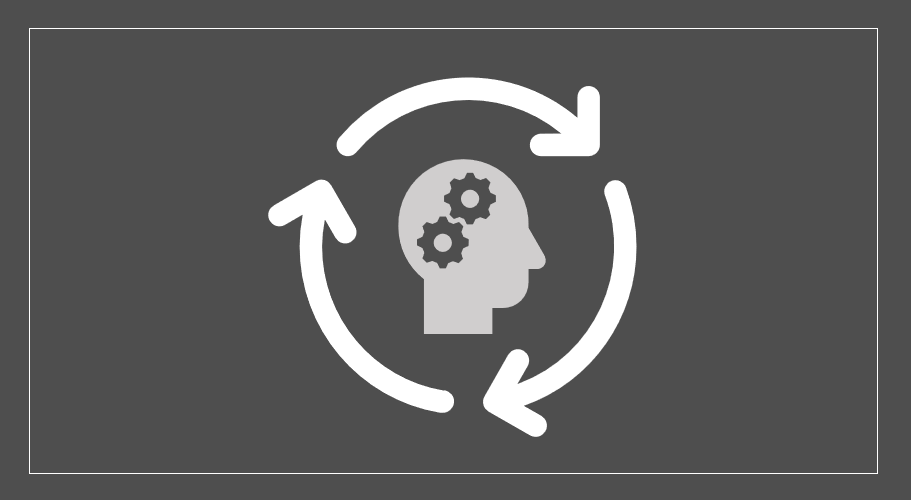Design Thinking: The Iterative process
 Princess Uko
Princess Uko
As a designer, the way one thinks transforms the innovation of products, and the services offered by organizations. Design thinking is an iterative process that helps the designer understand users, discover and challenge problems, innovate, and create solutions to life about the uses insights, and thoughts.
Living in a world where we face different problems that are dynamic in the various systems, users need solutions to these pains. For a designer to approach solutions to these problems, he or she must be able to be creative and provide innovative solutions to the user's needs. A UX designer must be able to put themselves in the user's shoes and become empathetic to their desires, and grievances. Feedback should be gotten from users through surveys, user testing of the prototypes, and asking questions by conducting interviews.
To be a designer who would give solutions to users' problems you should use these various stages:
Empathy: A designer should know and learn about the target audience, and their point of view on different problems they face daily.
Define: State their needs and problems based on their point of view.
Ideation: Brainstorm and produce creative solutions to the user's needs.
Prototype: Build your sketch ideas into an actual format using wireframes or sketchbooks to create solutions.
Test: Putting your work to testing helps understand the flow with the users thereby investigating the conditions of use and how people think, behave, and feel towards the product. If errors are found, recheck your work, and refine and improve your design thinking.
Subscribe to my newsletter
Read articles from Princess Uko directly inside your inbox. Subscribe to the newsletter, and don't miss out.
Written by

Princess Uko
Princess Uko
An environmental biologist, a ui/ux designer, music and lifestyle lover.